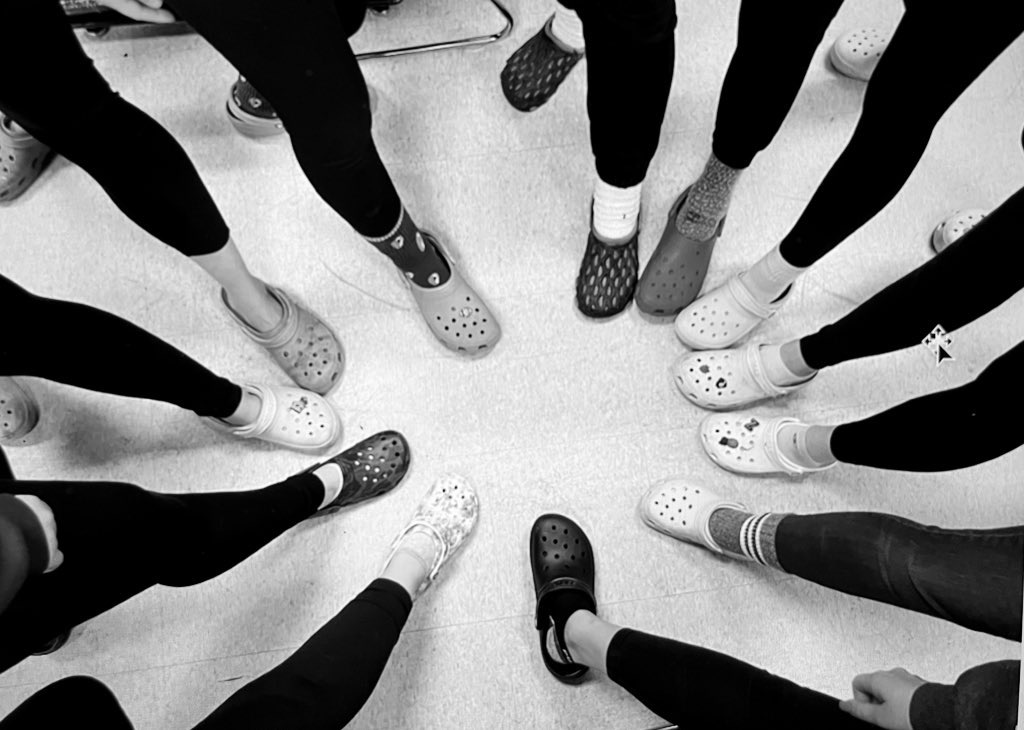
February 5, 2023 – It’s the 15th day of Lunar New Year (aka. Chinese New Year) celebration and it’s a full moon… the Lantern Festival Day. This is intentional. The first night of the full moon… and here I am blogging about my self-study in Human Development (and implications for education). I struggled the week before with the resource and admittedly, the voice of the textbook chosen could be better. I’m not sure if I’m feeling like there is an inherent bias embedded in the textbook, but I too am biased in my own ways. Anyway, I opted to read the creative commons textbook this week and found it very enlightening. The voice is better and I found the content very relevant to my self-study as I engage in the Spirals of Inquiry.
I am SCANNING and LEARNING from the textbook (regardless of which learning resource I am referring to) and I created a guiding question early in the course to FOCUS my inquiry with hopes narrowing or retrieving information that insightful to my inquiry. At first, I chose my inquiry because of my experience in schools as a teacher, learner, and parent and desire to embed more humanity into the learning experience. What I am understanding is, maybe this need and desire I have for humanity in education originated from when I was first born and lessons learned as an infant. I am a little surprised by this and anticipate that other stages in life has also motivated my self-study, but I believe that I’m developing a HUNCH.
The HUNCH in the Spirals of Inquiry is “What’s leading to this situation?” In the chapter that I’ve read about infancy, the conception section of the reading did not resonate with me as much except for the idea that the fetus can hear and feel before they are born. Also, there is possibility systems and my I am beginning to develop a HUNCH. Even though my self-study is focused on “how to be more human in my practice,” I am realizing that my need for community, acceptance, and belonging in my classes and practice may have started in my early years as an infant and toddler. There seems to be many connections to infancy that I would like to document here as part of my ongoing work in this self-study and readings.
In reflective journals, I asked my students to annotate each weekly reading with content that related to their guiding question and identify any wonderings or curiosities they may have. As mentioned, the textbook can be off-putting so I opted to read the Creative Commons textbook on human development. Similar topics but the textbook is subdivided differently. I appreciated the approach to the content from the online resource, the voice used, and attempts to diversify points of view. What I will reflect on are the topics that resonated with me and my guiding question. I was left thinking about the impacts of Canadian policy to my identity, the role of culture and assimilation to the parenting I received, and my sense of self, identity, and efficacy were imprinted on my psyche at an early age.
“The developmental task of infancy is trust vs. mistrust, and it is negotiated in the establishment of a secure attachment relationship with the caregiver” as cited directed from the text. The theory of attachment resonated with me deeply. I have always struggled with trust. As the third child of the family (aka. the unexpected twin) of immigrant parents who worked around the clock to survive and support us, I wonder how present my mom was in terms of these early years. I hear stories that she worked two full time jobs, one at the fish cannery and the other at the pulp mill cafeteria. I am not sure how old I was when she did worked these two jobs but suspect I was very young. I don’t recall having a caring relationship with my mom or dad. I’m not sure if that was cultural or because they were always working. It might be a bit of both, but I believe that my parents did their best.
Harlow’s research on “contact comfort” as being essential for attachment and Bowlby’s theory on a “secure based” was something I shared with my child when she was growing up. I know that she felt a sense of security and was attached to me when I would take her to drop in at public health and she would be roaming everywhere as a little bub. She was always independent and knew that I was there for her when she needed me. On reflection, I’m not sure if I ever felt that way as an adult. Risk is relative, but I do not stray too far from being comfortable, even though I know I need to step out of my bubble to experience and learn things. I think my kid has a secure attachment style, whereas I see myself as ambivalent.
The “internal working model” developed at 4-months also resonates with me. The infant is taking notes on the reliability and availability of their caregivers. As an adult, I can understand that my parents worked hard to make a living in Canada, being under employed, and creating a life that would be easier for their children. As I reread the text, that these internal working models and inner representations manifest in behaviour. If the experience is negative then it would be difficult for the child to be authentic, and in relationships for insecure-resistant adolescents (aka. me) would be ambivalent to romance, but resentful when needs are not met. Oh my… this scenario describes me (i.e., and my 30-year marriage) precisely.
The developmental task of toddlerhood is autonomy vs. shame and doubt. This is super interesting to me when I compare my kid to myself. She is independent, confident, and autonomous. I would say as her mom when she was small was, “you’re not the boss of me.” She oozed that way of being, even to adulthood. I wanted her to explore, take risks, and be her own person. Me, on the other hand, my mom was “over critical and controlling” or over protective such that I crave safety and security. I am very critical of myself and insecure of my strengths. In terms of temperament, I think I was “slow to warm.” Looking back at old photos, I was not the happiest kid next to my siblings. I was not a crier. I might have been an “easy child” but agree that parenting is bidirectional; we respond to each other. Being a “good match” with parenting and temperament is key to development.
Self-conscious emotions such as shame, guilt, and doubt develop when the toddler is developing their self concept. Toddlers engage in social referencing to gauge the situation and then use that information to act. Different facial expression may attract or withdrawal the toddler. Emotional self-regulation and sense of self occur during this time. I can imagine how development during infancy and toddlerhood could explain my sense of self, temperament, and sense of security or trustworthiness of the world. Infantile amnesia has erased my memories of how I was nurtured during infancy and toddlerhood, but what is being described does not seem unreasonable to explain why and how I think and behave as a adult.
The chapter ends with cognitive development and language acquisition. I wonder about my language acquisition and development being taught English by parents who spoke Cantonese as their first language. I understand the phenomenon of being ESD (English as a Second Dialect) but I also wonder why I was unable to speak or understand any Cantonese. I get suspicious of Canadian policy and the desire for assimilation as a second-generation Chinese child, but you would think that I would have acquired some knowledge or ability as a young child. I have huge difficulties understanding any Chinese or the desire or will to retain the language. I will continue to be curious and see what the next stages of development offers.
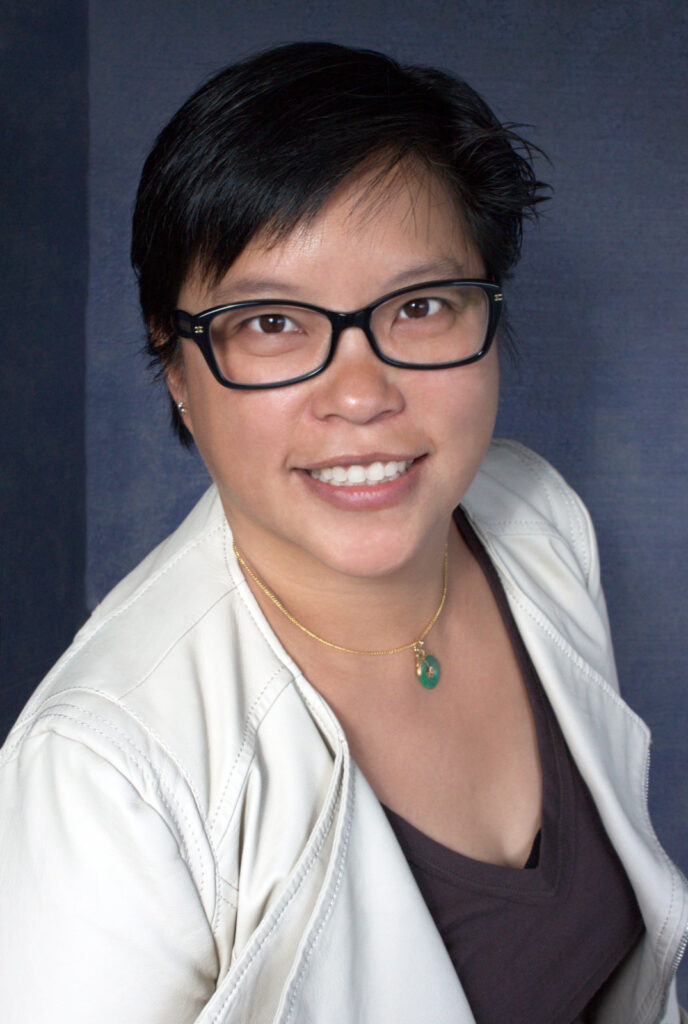

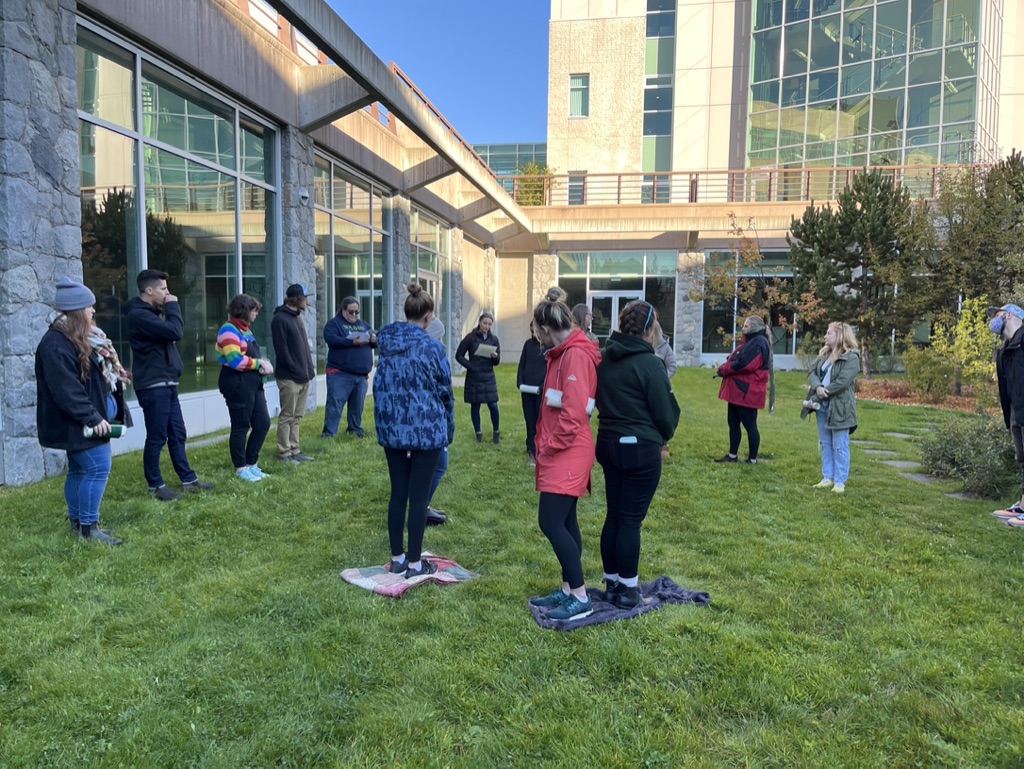
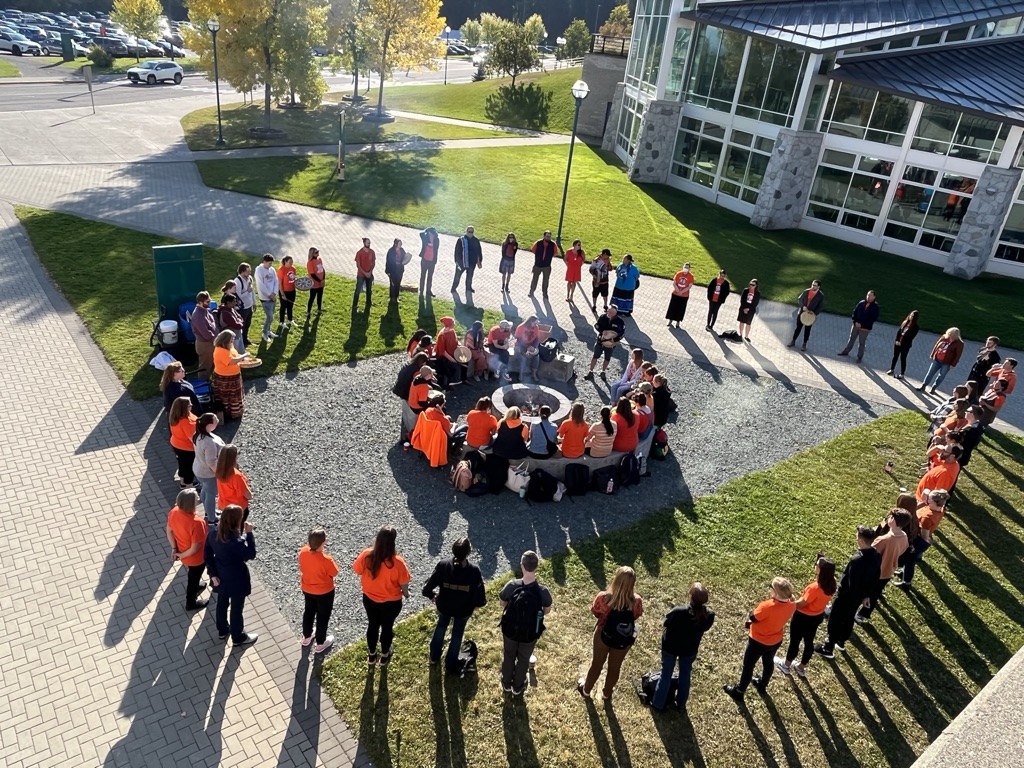
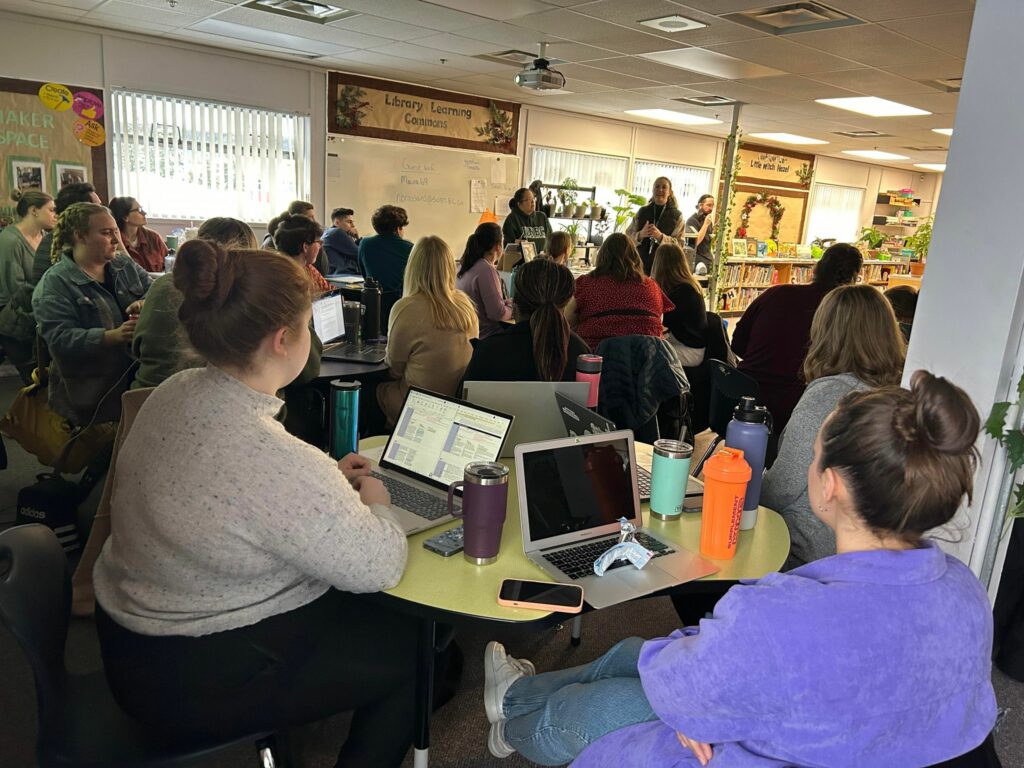
Leave a Reply